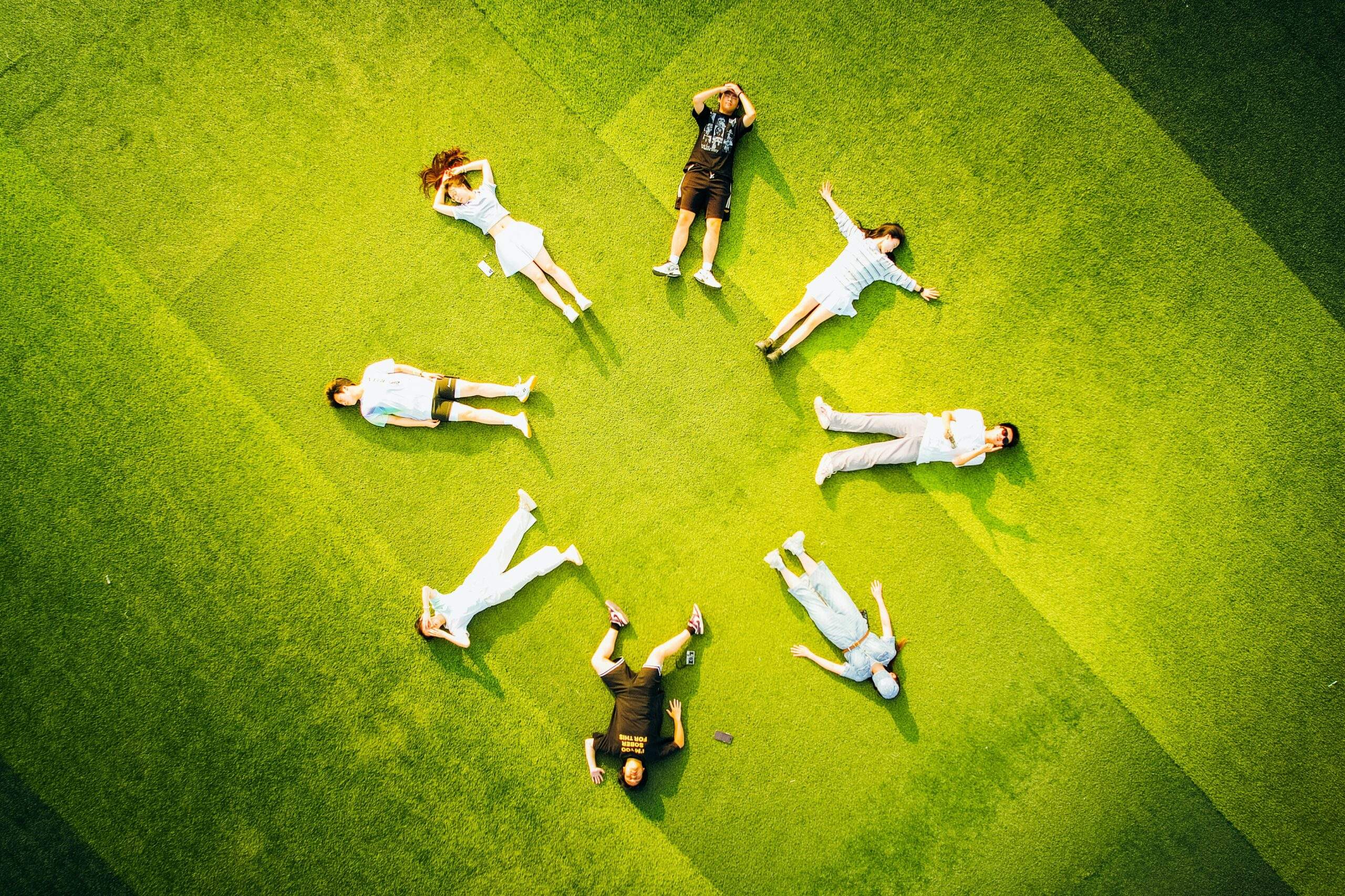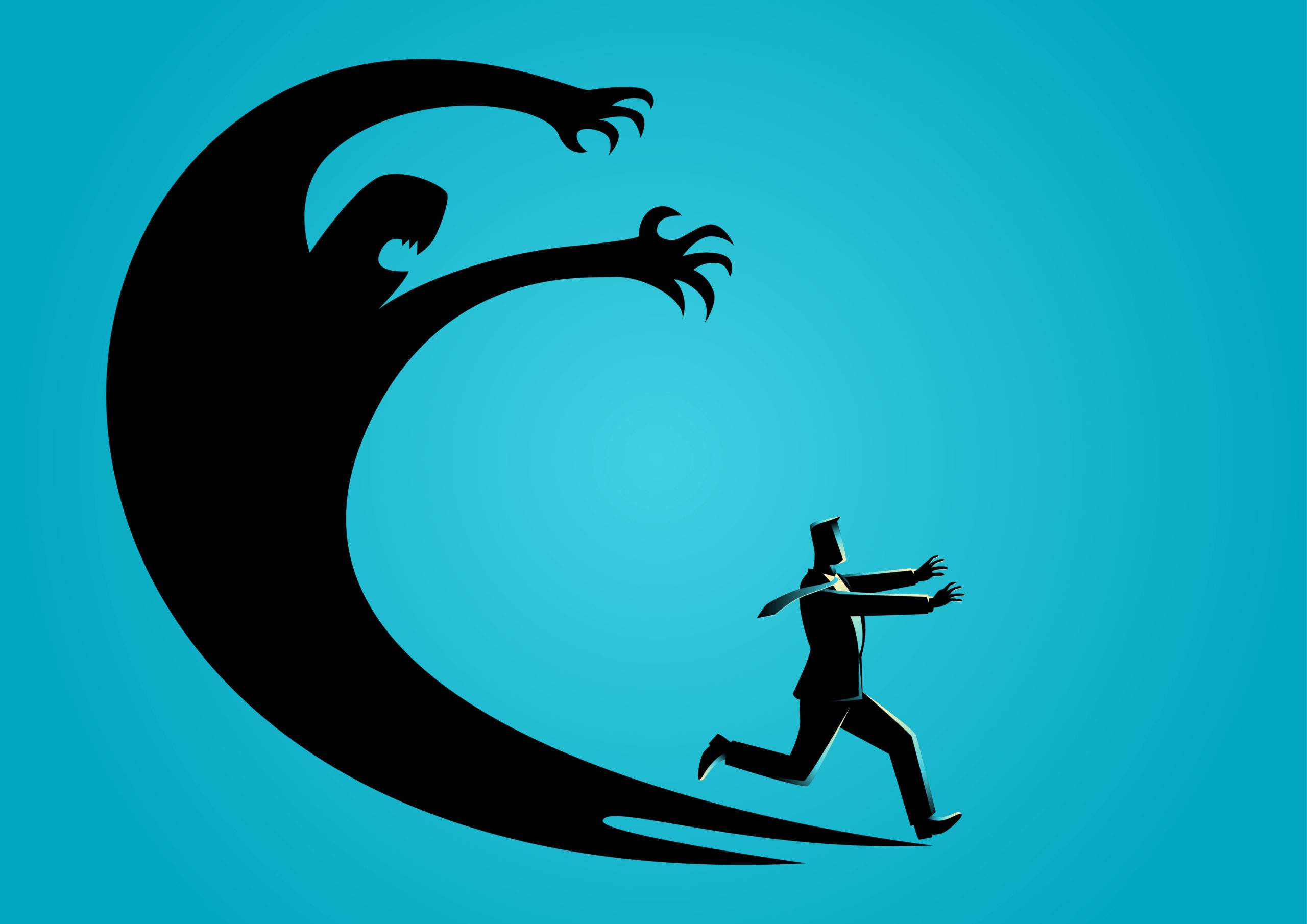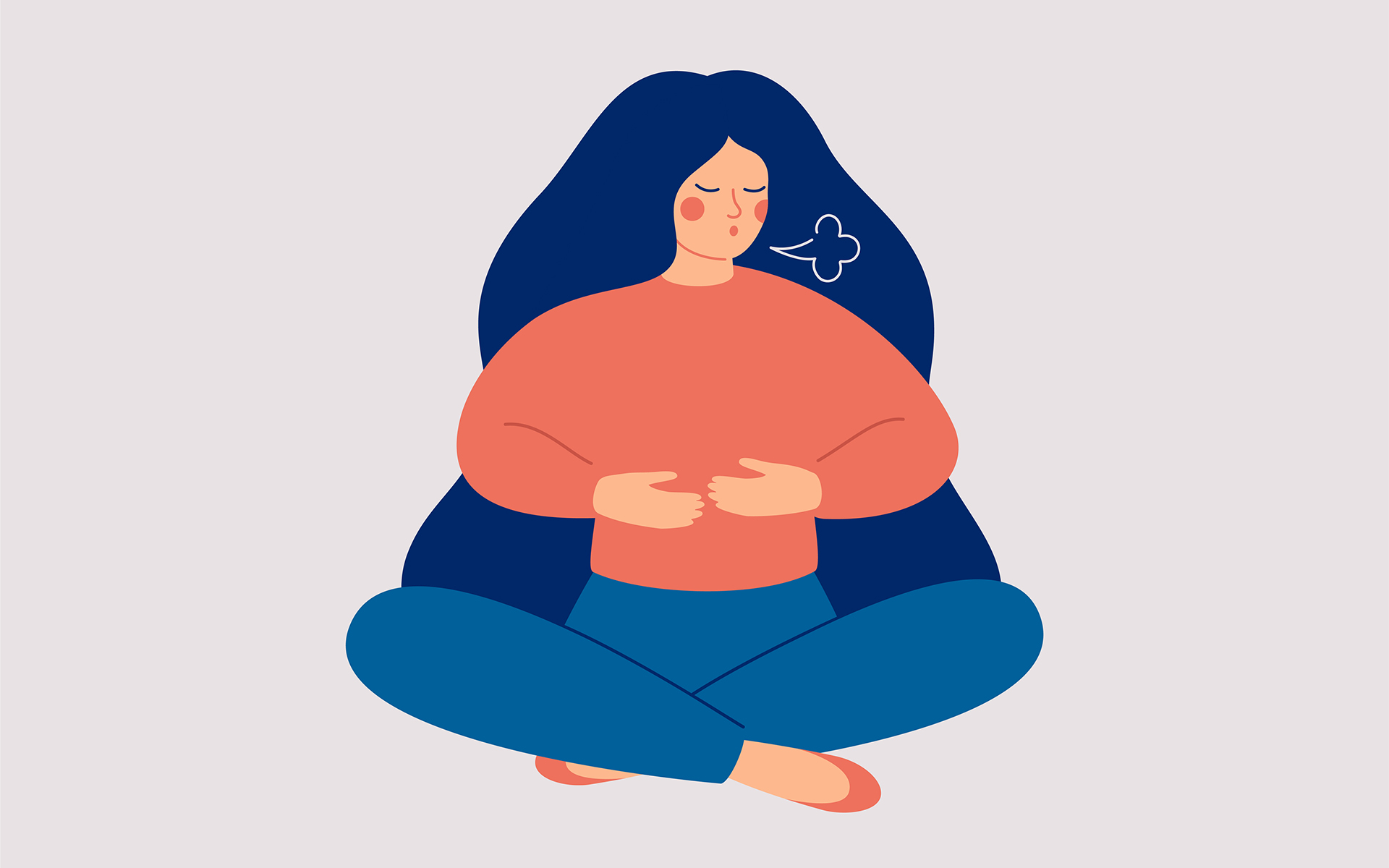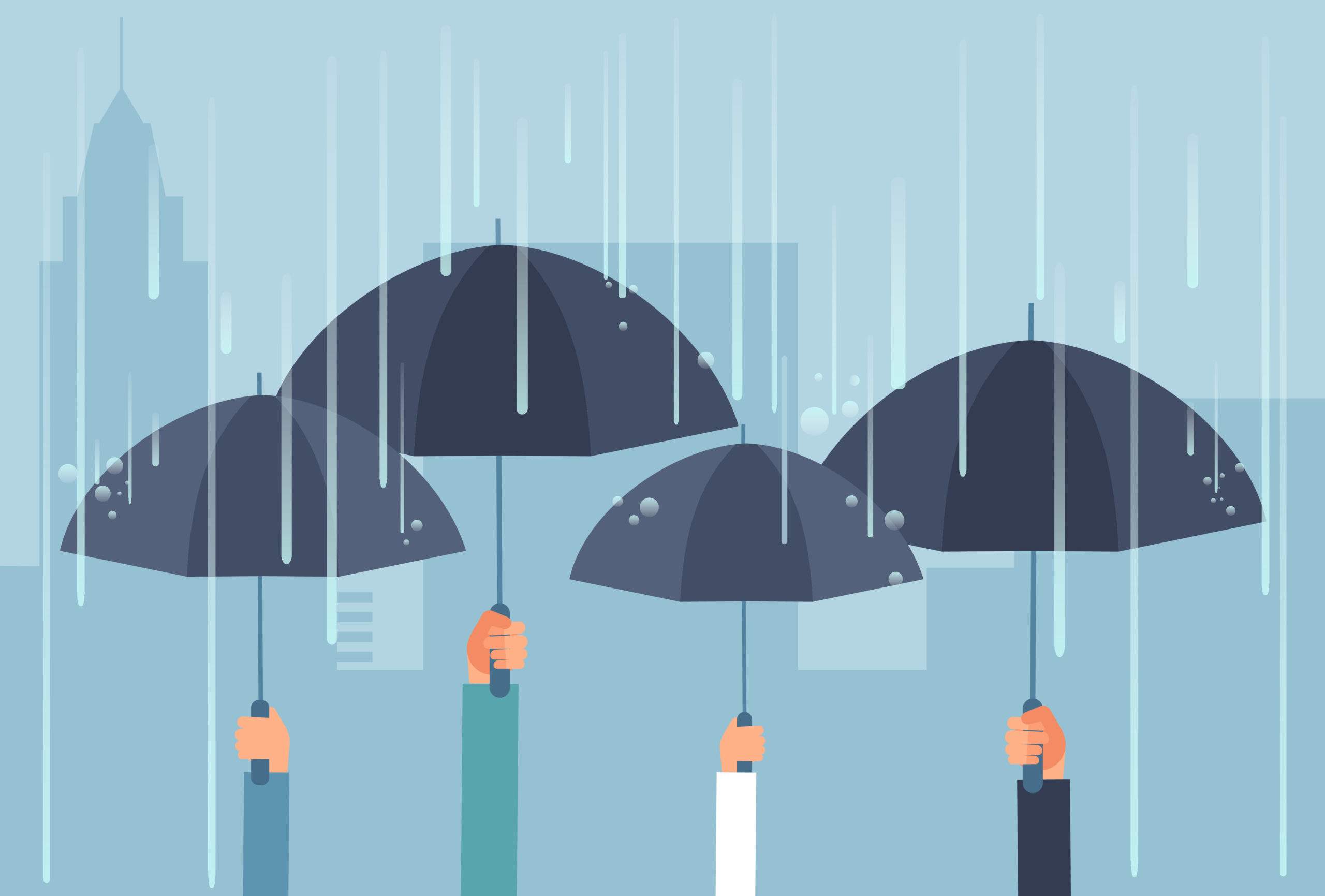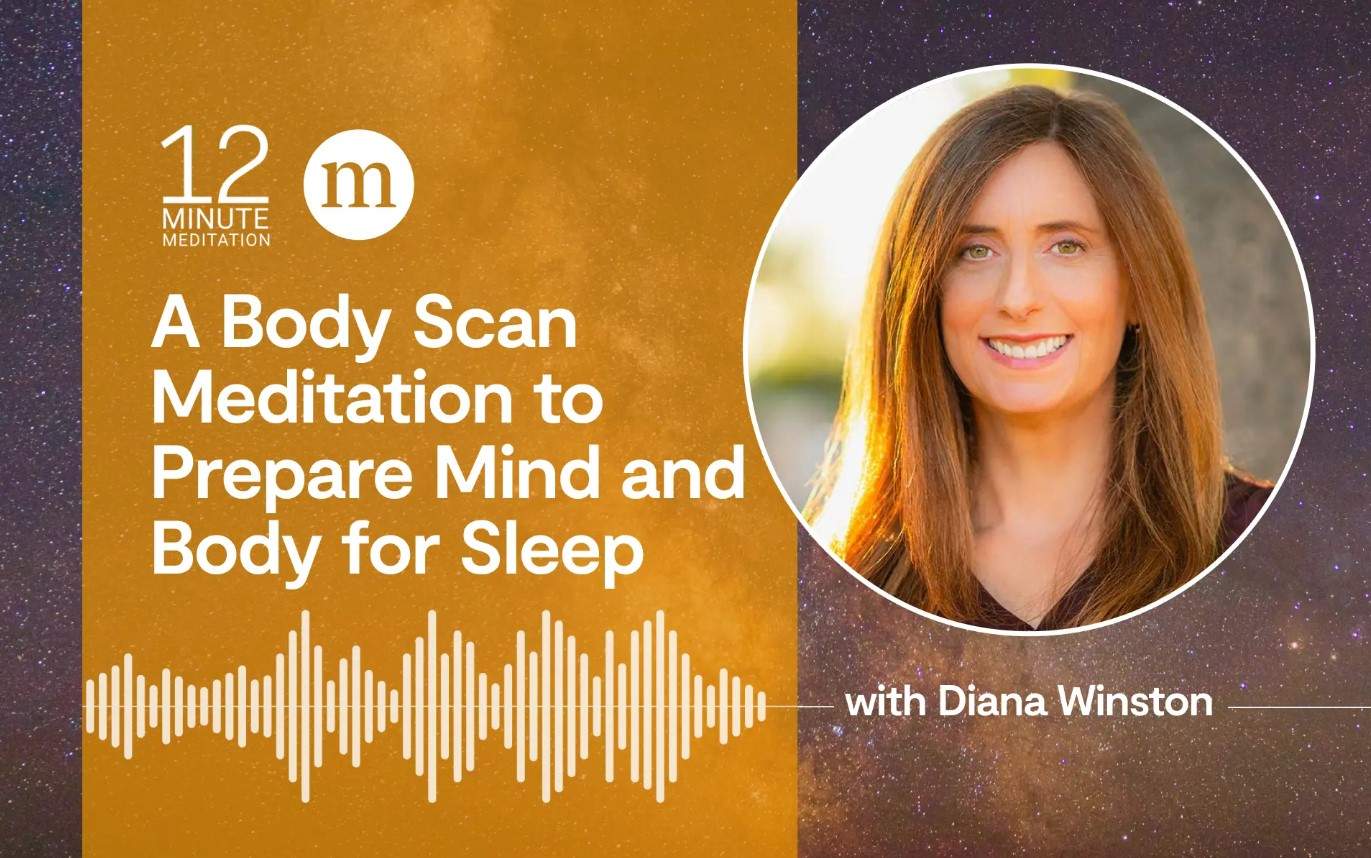In the summer of 2014, I participated in the first-ever digital detox retreat, Camp Grounded in Northern California.
My camp name was Momma Zen. Each morning, I led mindfulness practice to ease the adult campers’ edgy tech cravings, guiding them through simple breath work to settle their restless minds.
I had also joined a songwriting “play-shop.” I’d never written a song, but how hard could it be?
Under a majestic canopy of towering redwoods, I was awkwardly front and center on the roughly hewn wooden stage, moments from belting out my just-written song “Digital Distraction Brings NO Satisfaction.” (Yes, inspired by the Stones’ classic.)
On that last night, everyone was gathered beneath those grand old trees for our closing celebration. Unexpectedly, the young crowd of Silicon Valley techies stamped their feet loudly and cheered wildly.
I mumbled to the musicians, “Can you play some slow funk?” Honestly, I had no idea what that was. Fortunately, they did. Then we all sang together, belting out the words:
Digital Distraction Brings … NO Satisfaction
Why does life often feel so empty
When your digital feed never ends?
Why is the night so long and lonely
When you’ve got five thousand “friends”?
Isolated inside children; families gone astray
All sadly disconnected
Forgotten how to play
Selfies, trolling, swiping, scrolling
Hey my friends, hear what I say
Endless digital distraction
Brings NO true satisfaction.
We are living, breathing humans
Who long to be seen
Truly connected … heart to heart
Face to face … not on a screen!
Here in the redwoods, happy just to be
Playing like kids again
Joyously screen-free!
That night we celebrated being free from all those notifications, the pinging and buzzing of digital demands. We were simply present. And it was glorious.
The Lure of Digital Distraction
You’ve probably felt that pull, too, right?—the urge to check your phone, the compulsion to scroll endlessly, the creeping exhaustion that comes from too many hours in front of a screen. Digital overload is real, and it’s quietly seeping into every corner of our lives.
Here’s some good news: If you are already a meditator, or interested in mindfulness, you have a distinct advantage in finding freedom from tech overload.
Dr. Michael Rich is author of The Mediatrician’s Guide and a Harvard University pediatrician who directs the Digital Wellness Lab at Boston Children’s Hospital. He has spent years studying the effects of digital media on our well-being (and is a major contributor to my book, Less Screen More Green). Threaded through all of his robust research are two major recommendations.
Digital overload is real, and it’s quietly seeping into every corner of our lives.
Here’s some good news: If you are already a meditator, or interested in mindfulness, you have a distinct advantage in finding freedom from tech overload.
Make Friends With Boredom
Dr. Rich advises not to fill most of our waking hours with digital media:
“Bring back boredom! Perhaps the most difficult challenge to overcome in finding healthier alternatives to screens is our cultural aversion to boredom. Locked in our downward gaze, we no longer look at the world around us, or talk to each other. It’s easier to absorb the continuous feed of stimulus on our phones.”
Balance screentime with more greentime
“For many of us, our focus on screens has distanced us from the natural world. Albert Einstein said it well: ‘Look deep, deep into nature, and you will understand everything better.’ Time in nature is often prescribed by physicians aware of the many benefits to human health, and breaking free from tech overload. Research shows that even modest steps to spend more time outdoors can make a difference in our media use, and in our health and well-being.”
When we keep these two maxims in mind—more boredom, more greentime—it’s easier to guide our choices as we take steps to bring more balance and sanity to our tech usage.
Digital Detox, Made Fun: 4 Steps to Mindful Tech Use
Dr. Rich offers four simple reminders for those moments when the pull of digital consumption feels intense or overwhelming:
Be mindful. Use our powerful digital tools for what they do well and turn them off when they are not the best tool for the activity.
Be balanced. Intentionally balance your screen use and non-screen activities.
Be bored. Shake off the tendency to default to a screen and use the discomfort of nothing to do and the available space in your attentive mind to imagine the new.
Be present. Consciously put down your devices so their near-infinite connectivity with strangers does not undermine our deep and sustaining connectedness with those we love.
4 Practical Techniques for Freedom From Tech Overload
1. Recognize the Early Warning Cues
Just like we recognize hunger or thirst, we can learn to recognize the subtle (or not-so-subtle) signs of tech fatigue:
- Eyes feeling dry or strained?
- Headaches creeping in?
- A vague sense of restlessness or irritability?
- That odd, disoriented feeling when you finally look up from your screen?
These are your body’s way of whispering, “Hey, I need a break.” Listen.
2. Try the 20-20-20 Remedy
One simple way to protect your eyes and refocus your mind is the 20-20-20 rule:
Every 20 minutes, look at something 20 feet away for 20 seconds.
Your eyes will thank you, and so will your nervous system.
3. Savor the Nature Remedy
If you take away nothing else from this article, take this: Less screen, more green.
Even if you live in the middle of a bustling city, find ways to step outside.
- Drink your morning tea on the balcony.
- Walk to a park on your lunch break.
- Sit under a tree and just be.
There’s something about fresh air, the movement of leaves, the simple act of looking at the sky—it resets us in a way that no digital escape ever can.
4. Create Your Tech-Free Sanctuary
Choose one place in your home to be completely screen-free. Maybe it’s your bedroom. Maybe it’s the dinner table. Maybe it’s that cozy corner where you like to read or meditate.
Guard this space like a sacred garden, a refuge from the endless digital noise.
Your Invitation to Healthier Tech Habits
This isn’t about guilt. It’s not about demonizing technology or vowing to live like your great-grandparents. It’s about finding balance.
Pick one of these steps and try it today. Just one.
- Set a timer for the 20-20-20 rule.
- Take five minutes to step outside.
- Decide that, tonight, the phone stays out of the bedroom.
And then, notice. Notice how you feel. Notice if you breathe a little easier. Notice if you see the people around you just a little more clearly.
Notice how you feel. Notice if you breathe a little easier. Notice if you see the people around you just a little more clearly.
If you do, I’d love to hear about it. Share your experience with us: What’s the hardest part of unplugging for you? What little changes have helped? Let’s start the conversation.
And stay tuned for Part Two, where we’ll explore how to bring mindful tech habits into your workplace. Because if there’s one thing I know for sure, it’s that we can find freedom from tech overload. And it begins—always—with awareness.
Excerpted with permission of the author from Less Screen More Green: Finding Freedom with The Mindful Tech Plans™ by Kerry Crofton, PhD. Revised and updated second edition (2025).



